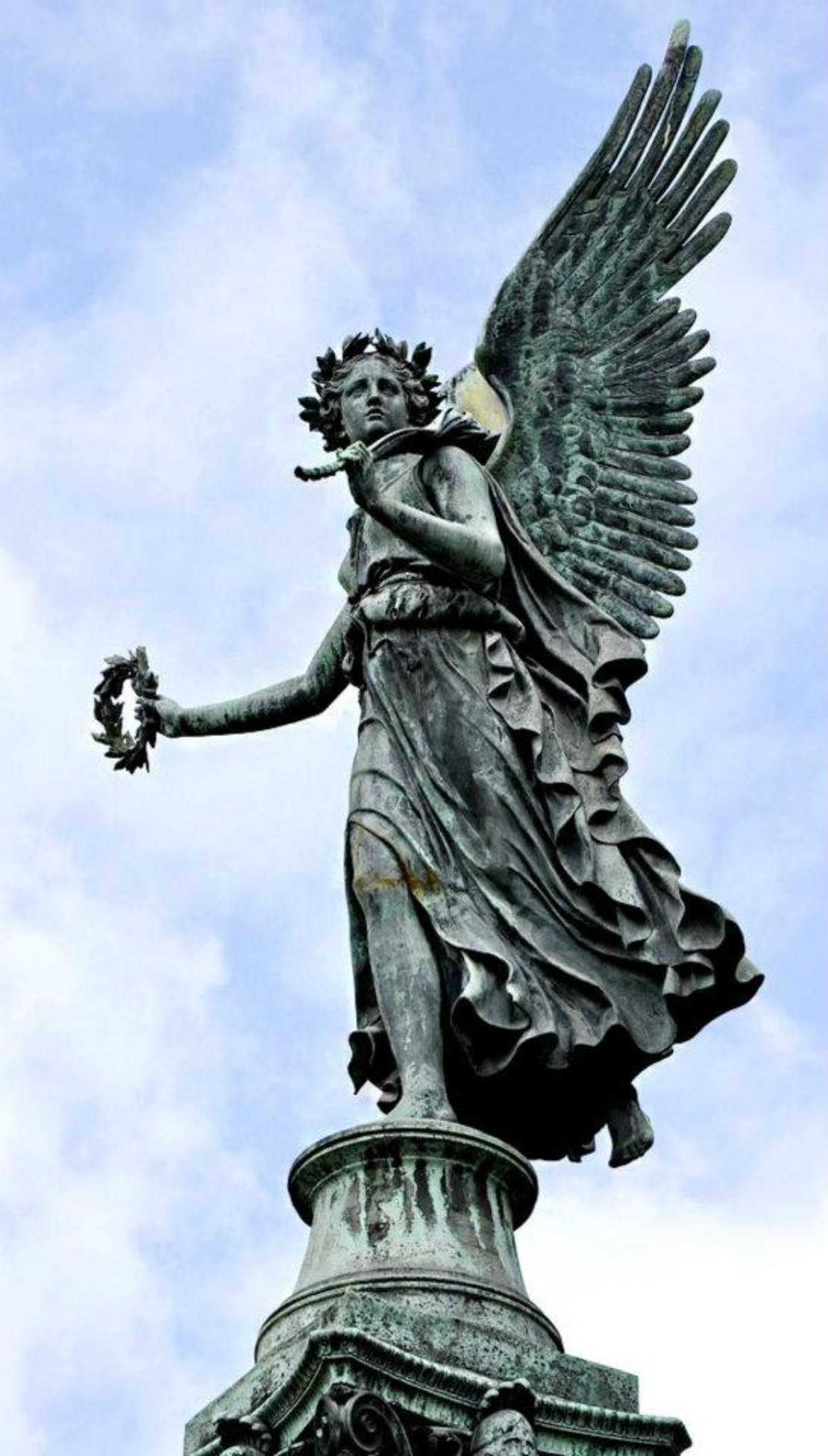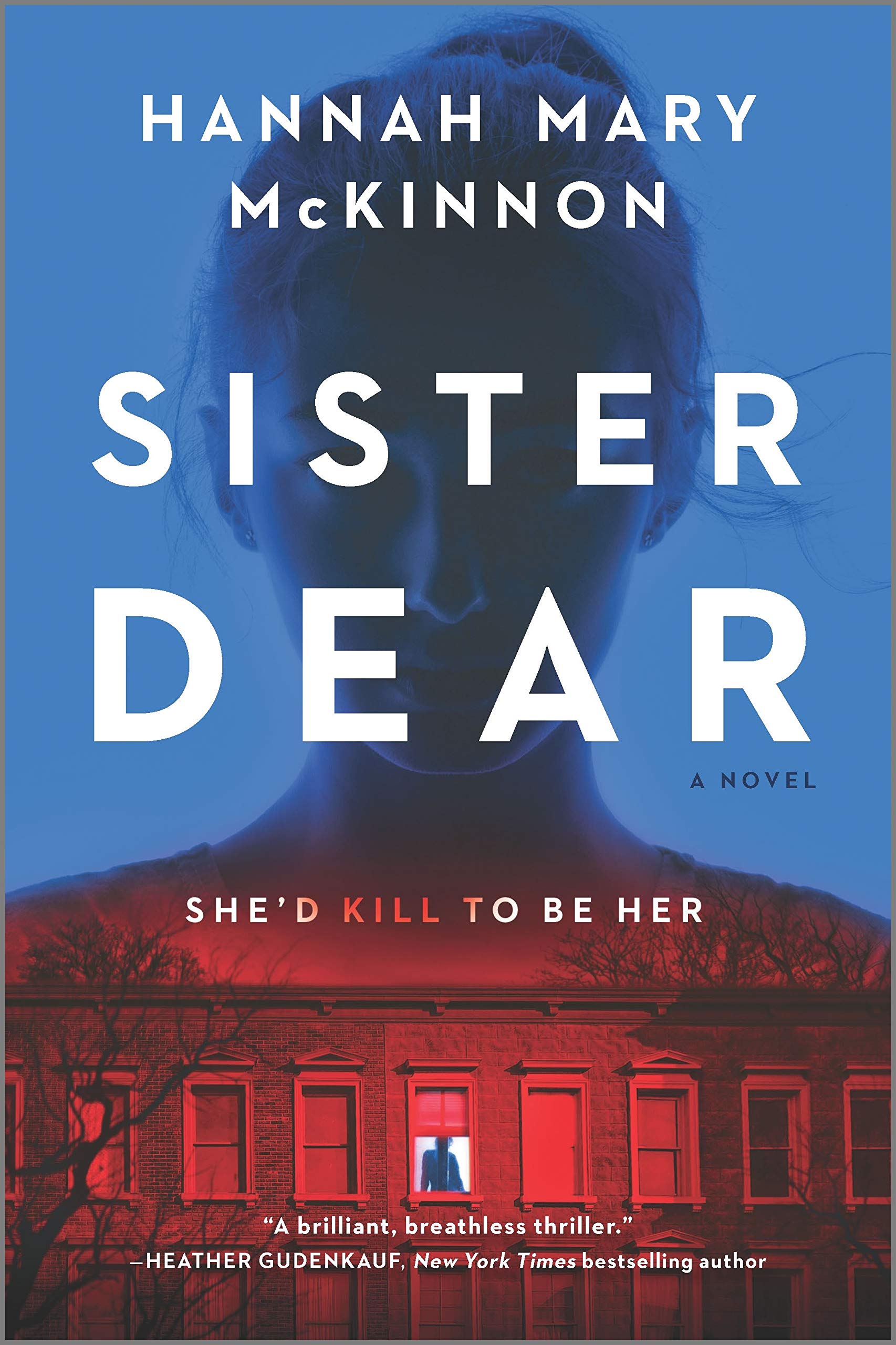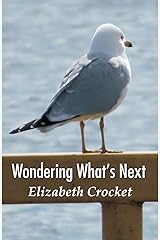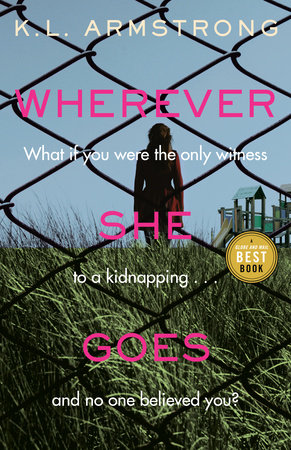Gwendolyn the Miracle Hen by Nancy Sherman, Illustrated by
Edward Sorel, Golden Press (1961)
My favourite
book is easy to spot in my
collection: like many picture books, it’s wider than it is tall, so it sticks
out from the shelf, spine ragged and the hardcover yellowed. You can also pick
it out by the familiar old-book aroma – it is 55+, like its owner, but I’m not
quite as musty.
Gwendolyn the Miracle Hen by
Nancy Sherman is the one book I’ll never part with. To this day when it comes
up in conversation, my parents recite in unison, “Out in the country, far from
town, there lived a man named Farmer Brown. Between the fences he had built, his
pastures made a patchwork quilt.…”
When
Farmer Brown has trouble paying the rent to Mr. Meany (who bears an uncanny
resemblance to Dudley Do-Right’s nemesis, top-hatted Snidely Whiplash), our
heroine Gwendolyn figures out a way to raise some cash. She lays amazing eggs
with “colored lines and floral designs” for Farmer Brown to sell.
(My favourite
featured a white background with yellow-orange and blue flowers within flowers
with curlicued leaves on wavy baselines).
When
Mr. Meany takes Gwendolyn instead of the rent money, she outwits him and returns
to happy anonymity with Farmer Brown. The
clever hen goes back to laying white eggs, “but now and then, when rent time
nears, a multicolored egg appears.”
This
book had a triple impact on me. First, the good versus evil story with an
inventive solution made me strive to be a creative problem solver. Second, the
rhymes, so fluid and musical, sparked my interest in poetry. But best of all, the
illustrations by Edward Sorel spoke to me. They were swirly and doodly in that
60’s graphic style and the characters so expressive. Yet amid the colour and
movement, the backgrounds were evocative and moody.
Having
grown up in suburban southern Ontario, it wasn’t until I met my Edmontonian
future husband that I was introduced to what I assume was the inspiration for
the eggs – pysanky, decorative Ukrainian Easter eggs. My mother-in-law showed
me the beautiful symbols of rebirth and gave me a kit to make my own. Mine
looked exactly like Gwendolyn’s – if she had laid them after a wild night
eating fermented corn.
If
I remove my rose-coloured glasses and consider the book more critically,
perhaps it wasn’t so unreasonable for Mr. Meany to expect the rent. And would
Gwendolyn really be able to go back to her peaceful farm life after being
famous? Perhaps today’s children might find the story and illustrations dated: it
seems like all the classic characters from Winnie the Pooh to Arthur have been
updated. A 2010 review on Goodreads indicated that the children of at least one
Gwendolyn afficionado were still enjoying the book, and several people
mentioned it had also been their childhood favourite.
 |
| Woody Allen and Mia Farrow by Edward Sorel for Rolling Stone, Oct 1992, based on Pierre Auguste Cot's The Storm |
Curious
about what had happened to Nancy Sherman and Edward Sorel after this 1961
publication, I was delighted to discover the duo made another book together in
1963, Gwendolyn and the Weathercock.
Nancy Sherman wrote a few more children’s books, but I could find no
biographical information.
Edward
Sorel, on the other hand, now 90, continues to enjoy a storied career as a
writer known for social commentary as well as an illustrator and cartoonist. His
contributions include the top American magazines, from Harpers, Forbes, Vanity Fair, Penthouse, the Atlantic, National Lampoon to the New Yorker (with over 44 covers).
He wrote and illustrated his 2016
book (for adults), Mary Astor's Purple
Diary: The Great American Sex Scandal of 1936, based on old newspapers he
had found as a young man under the linoleum during a renovation.
While
Gwendolyn the Miracle Hen may be hiding
in obscurity, perhaps there’s a chance Edward Sorel’s fame may one day result
in a reprint. Then a new generation can discover how a plucky hen did something
extraordinary to save the people and animals she cared about, and that what
really matters is a simple happy life with family.
***
Lisa Sutcliffe
can be found in and around Oakville, Ontario
enjoying her many retirement pursuits including writing, woodworking, guitar,
drinking fermented beverages and perhaps a renewed attempt at making pysanky.
See Brian Henry’s schedule here, including writing workshops, weekly writing
classes, and weekend retreats in, Bolton, Barrie, Brampton, Burlington,
Caledon, Collingwood, Georgetown, Georgina, Guelph, Hamilton, Jackson’s Point,
Kingston, Kitchener-Waterloo, London, Midland, Mississauga, Oakville, Ottawa,
Peterborough, St. Catharines, Southampton, Sudbury, Toronto, Windsor,
Woodstock, Halton, Muskoka, Peel, Simcoe, York Region, the GTA, Ontario and
beyond.






:max_bytes(150000):strip_icc()/Athena_1500-56a6e0963df78cf77290a7d2.jpg)














